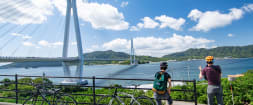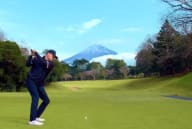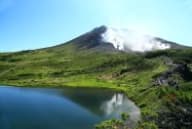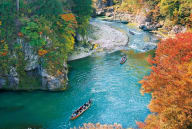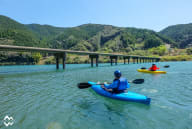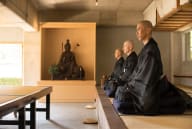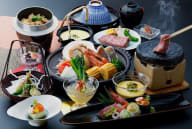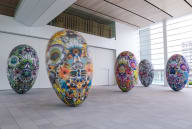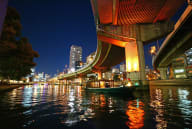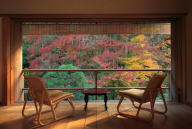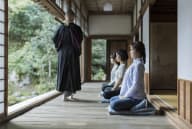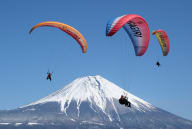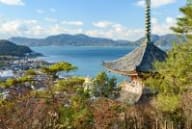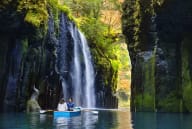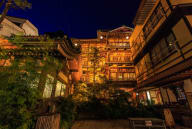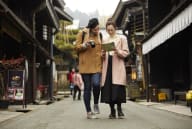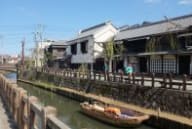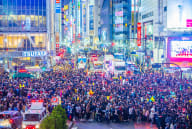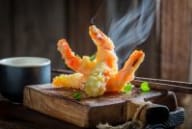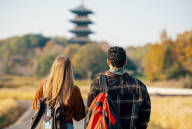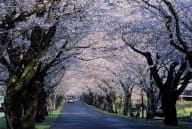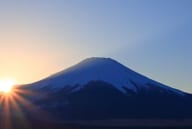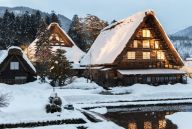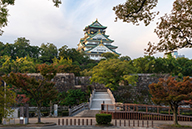Use the
Planning a Trip to Japan?
Share your travel photos with us by hashtagging your images with #visitjapanjp
From samurai to shinkansen and everything in between
Japan has a rich and complex history that is reflected in many of its cultural landmarks. Knowing some of the pivotal moments that shaped the nation can provide important context to better enjoy not only historical sites but Japanese culture as well. This overview of Japan’s long history split into six periods, covers everything from the Japanese archipelago’s prehistoric peoples to the evolution of modern Japan in the twentieth century. It introduces some of the most significant events and influential figures, including the arrival of Buddhism to Japan in the sixth century and the emergence of ukiyo-e woodblock printing in the seventeenth century, made world-famous by artist Hokusai (1760–1849).
Many of Japan’s historic sites are found outside the typical tourist destinations. The Tohoku region, for instance, features numerous Jomon-period (ca. 14,500 BCE–900 BCE) archaeological sites. The island of Shikoku has four of the twelve remaining original Edo-period castles (1603–1867), while the Chugoku region in southwestern Honshu is rich with sites related to the Meiji Restoration (1868). Discover more of Japan’s rich heritage away from the crowds here.
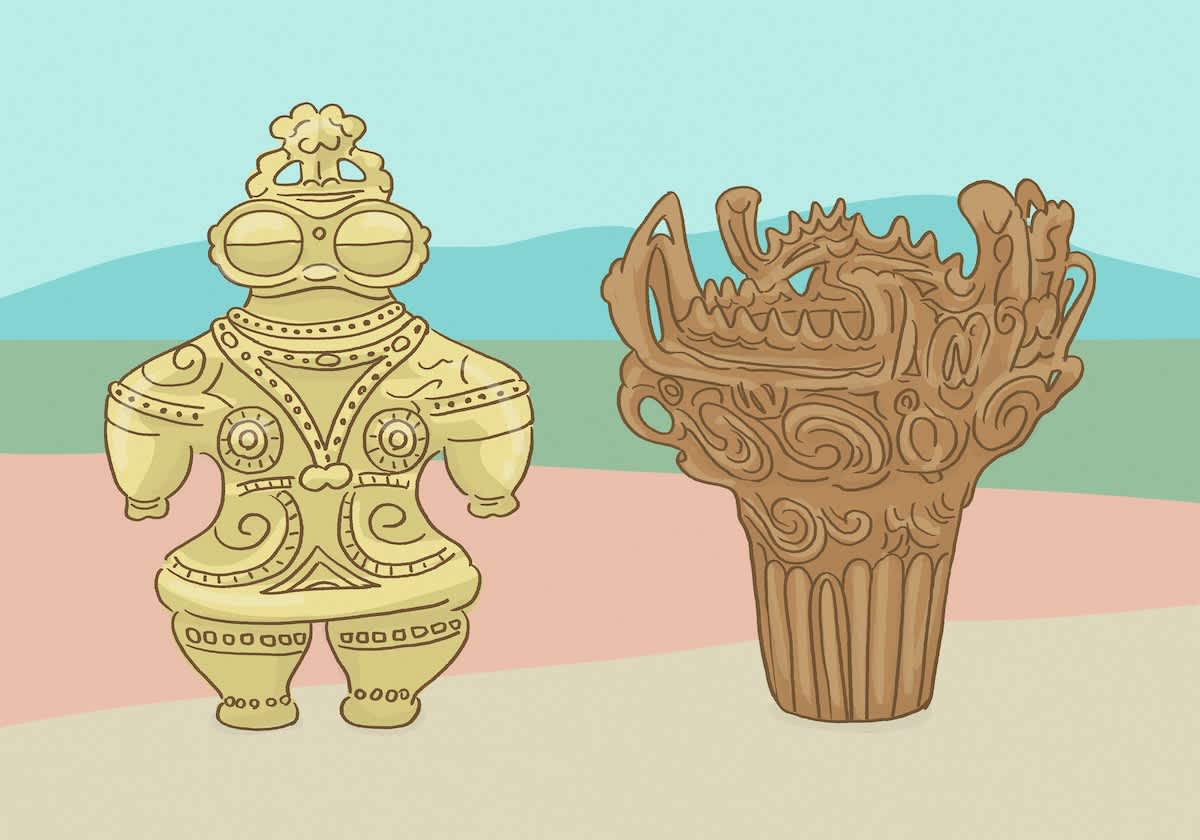
Prehistoric Period (ca. 130,000 BCE–ca. 300 CE)
People have lived in Japan since at least 130,000 years ago, during the last glacial period. During this time of recurrent glaciations and melt offs, the archipelago was intermittently connected to the Asian continent by land bridges that facilitated migration to its islands. The first known settlers were hunter-gatherers who roamed the archipelago, fishing, foraging, and hunting. Many millennia later, farmers from the continent introduced agriculture to the islands. As rice cultivation spread, complex agricultural societies developed, led by chieftains or shamans.
From hunting and foraging to farming
Japan's Neolithic era is known as the Jomon period (ca. 14,500 BCE–900 BCE), named for pottery decorated with cord-pattern (jomon) impressions or reliefs. Many distinctive vessels (doki) and earthenware figurines (dogu) from this period have been discovered across the country and are displayed in museums such as the Tokyo National Museum. Jomon people were initially roving hunter-gatherers. Around 13,000 BCE, they began to lead more sedentary lives, residing in small settlements and using earthenware. Society changed significantly from around the end of the Jomon period, when farmers from East Asia introduced wet-rice farming and knowledge of irrigation and metallurgy to the islands. Over the ensuing centuries, settlements developed into fortified villages, with moats and walls, as people began to fight over land and resources needed to sustain rice fields.
Japan’s mythological first emperor, Jimmu, a descendant of the sun goddess Amaterasu, is said to have begun his reign and founded the country’s imperial dynasty in 660 BCE. In the Nihon Shoki (Chronicles of Japan) dating from 700 CE, Jimmu is held to have led an expedition eastward from Kyushu, subduing tribes until he reached the Yamato Plain (present-day Nara), where he established his center of power.

Ancient Period (ca. 250–1185)
Disparate tribes and polities began to coalesce, and political power gradually became centralized on the Yamato Plain (present-day Nara). The emergent nation was known as Wa to the Chinese. Interactions and exchanges with China and Korea greatly influenced early Japanese culture and society, from politics to architecture. Buddhism arrived in Japan in the sixth century from the Asian continent and was promoted by the ruling class. Along with Chinese Confucian ideals, Buddhist principles formed the basis of early governance. With peace and political stability, Japanese culture flourished, and a distinct national identity began to develop. During this period, the country came to be referred to by its modern name Nippon, “the Land of the Rising Sun.”

The introduction of Buddhism
Buddhism arrived in Japan from India via China and Korea. Prince Shotoku (574–622) played a key role in its spread, using the Buddhist principles of peace and salvation for all beings as the ideal underlying his government. He traveled across the country to promote the religion, overseeing the construction of important sites of worship, such as Horyuji Temple in Nara, which has some of the world’s oldest surviving wooden structures. Other significant early Buddhist sites include Nara’s Todaiji Temple, home to the Great Buddha of Nara.
The first permanent capital
Heijokyo, Japan’s first permanent capital, was established in 710 near present-day Nara. Modeled after the Chinese city of Chang’an (present-day Xi’an), it was designed in a grid pattern with administrative buildings and a palace for the imperial court. However, the imperial court moved the capital again almost a century later because of the excessive Buddhist influence at the old capital. It was first moved to Nagaokakyo in 784, then to Heiankyo (present-day Kyoto) in 794, where it remained for almost 1000 years.

Blossoming of Japanese culture
Japanese literary culture blossomed beginning in the eighth century. The Kojiki (Records of Ancient Matters, 712) and Nihon Shoki (Chronicles of Japan, 720), the earliest extant Japanese texts, were commissioned by the imperial court. These chronicled myths, legends, genealogies, and semi-historical accounts that form the foundation of Japanese culture and the country’s indigenous religion, Shinto. The Man’yoshu (Collection of Ten Thousand Leaves, ca. 759), the oldest collection of Japanese poetry, was also compiled around this time. The Heian period (794–1185) was a time of artistic and cultural flourishing within the imperial court. During this era, the Japanese syllabaries, hiragana and katakana, were developed from Chinese characters. Murasaki Shikibu, a lady-in-waiting, authored The Tale of Genji (ca. 1010), one of the world’s earliest novels. The work has had a profound and lasting influence on Japanese literature.

Medieval Period (1185–1568)
For nearly four centuries, the nation was fractured by civil wars as rival warlords fought one another. This led to the emergence of samurai as the dominant political class and de facto rulers of Japan for the next 700 years. Throughout this period, Kyoto remained the imperial capital and seat of the emperor.
The rise of the samurai
As landowners amassed wealth, they began hiring warriors to protect their holdings, forming private armies independent of the central government. This eventually sparked a war between the two most powerful landowning clans, the Taira and the Minamoto. The Minamoto clan emerged victorious, and their leader, Minamoto no Yoritomo (1147–1199), established the Kamakura shogunate (1185–1333) in Kamakura, with himself as shogun (supreme military commander). This marked a shift of political power from the emperor to a samurai-led, military government (appointed by the emperor), known as the bakufu (or shogunate).

The Warring States period
The samurai class increased in numbers and importance during the eleventh and twelfth centuries. Daimyo (samurai lords) grew increasingly independent as central control of the government weakened following the fall of the Kamakura shogunate in 1333. Beginning in the fifteenth century, these daimyo fought for control of the country in what is known as the Sengoku ("Warring States") period (1467–1568). The wars ended with the unification of Japan by the "Three Unifiers," Oda Nobunaga (1534–1582), Toyotomi Hideyoshi (1537–1598), and Tokugawa Ieyasu (1542–1616).
Arrival of Europeans
In 1543, three Portuguese merchants landed on the southern tip of the Japanese archipelago, becoming the first recorded Europeans to set foot in Japan. The trade that followed with Europe brought innovations such as matchlock guns, cannons, and galleon shipbuilding. Trade ships also carried Jesuit missionaries, who introduced Christianity to Japan. The first of these priests was St. Francis Xavier (1506–1552), one of the most famous Roman Catholic missionaries of modern times. Although the new religion was embraced by some, by the early seventeenth century, the Christian faith had been effectively banned by the shogunate. Christians were persecuted and many were killed or forced into hiding. Communities of hidden Christians secretly continued to practice their faith, and their sites of worship can be found on some remote islands of Nagasaki today.

Early Modern Period (1568–1867)
After the unification of Japan, Tokugawa Ieyasu established a shogunate, headquartered in Edo (present-day Tokyo). A series of measures were implemented to keep power centralized in Edo, and a rigid social order was enforced to maintain stability. The government also adopted an isolationist policy to limit foreign influence, cutting trade relations with all but the Dutch and the Chinese. Under the Tokugawa shogunate, Japan experienced over 250 years of relative peace, which enabled arts and culture to flourish.
250 years of peace and the flowering of culture
During the Edo period (1603–1867), the sankin kotai system centralized power by requiring daimyo (samurai lords) to alternate their residence between their domains and the administrative capital, Edo. It was a time-consuming and costly obligation that forced the daimyo to develop rural roads and finance residences in the capital. Such measures prevented these regional rulers from amassing excessive wealth and military power while boosting the economy and contributing to the growth of a large urban population in Edo.
This period of stability allowed an increasingly literate urban class to flourish, with more leisure time and resources to enjoy new cultural activities. The arts thrived, with developments in music, literature, theater, sculpture, flower arrangement, and so on. Ukiyo-e woodblock prints, like those by Hokusai (1760–1849), and Kabuki theater gained immense popularity. Dining out became fashionable, leading to the creation of foods such as sushi.

The fall of the samurai
US Admiral Matthew C. Perry's (1794–1858) arrival in 1853 forced Japan to open its borders, ending its policy of isolationism. The government, under threat from the more technologically advanced Western powers, was pressured to sign a series of unequal treaties that would remain a sticking point into the twentieth century. This led to the Boshin War (1868–1869), where reformists like Sakamoto Ryoma (1836–1867) sought to overthrow the shogunate and restore political power to the emperor. Saigo Takamori (1828–1877) was one of the last defenders of the old order, and his defeat in 1877 symbolized the end of the samurai era and the cementing of the new Meiji government.
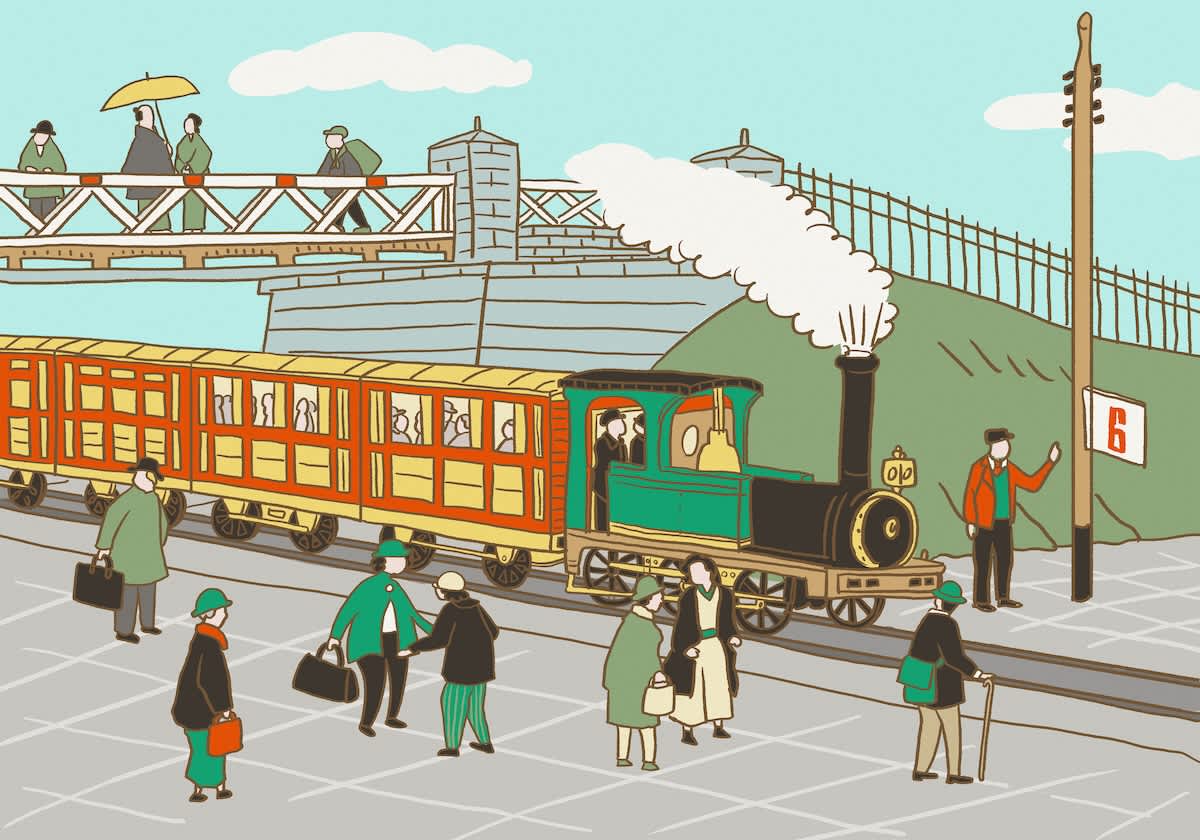
Modern Period (1868–1945)
After centuries of shogunate rule, the samurai class was abolished, along with most of the previous systems of administration and governance. The new Meiji government reformed political, economic, and educational systems, transforming Japan into an industrialized nation with global influence.
An industrial and cultural renaissance
The Meiji Restoration (1868) was a political revolution that nominally returned the control of the country to the emperor and brought about a period of rapid modernization and Westernization. The imperial court was moved to Edo, which was renamed Tokyo, and a constitutional government was formed. The government sent envoys worldwide to learn from the Western powers and recruited foreign experts to help modernize the country. Within a generation, the adoption of Western technology, infrastructure, and ideas led to the development of factories, railways, and new financial systems. Society underwent significant change as people began embracing new social customs and wearing Western clothing.

A nation at war
From the late nineteenth century, the Japanese government pursued a policy of militarism, involving the country in wars with China (1894–1895) and Russia (1904–1905). The victory over Russia dramatically shifted the balance of power in East Asia and facilitated the military government’s expansion in the region. In the decades that followed, involvement in further regional conflicts eventually led to the country’s participation in WWII. In 1945, after the atomic bombings of Hiroshima and Nagasaki, Japan surrendered unconditionally, bringing an end to the war.

Contemporary Period (1945–)
After WWII, a new pacifist constitution was adopted, and the Japanese government became a liberal democracy. The country was rebuilt, and by the 1960s, the Japanese economy was one of the largest in the world. The resurgence of the nation was symbolized in 1964 by the hosting of the Summer Olympics and the launch of the shinkansen (bullet train). Cultural figures emerged who would influence the arts worldwide including the likes of manga artist Tezuka Osamu (1928–1989), artist Okamoto Taro (1911–1996), filmmaker Kurosawa Akira (1910–1998), architect Tange Kenzo (1913–2005), video game designer Satoru Iwata (1959–2015), fashion designer Hanae Mori (1926–2022), singer Yoko Ono (1933–), and so many others.














